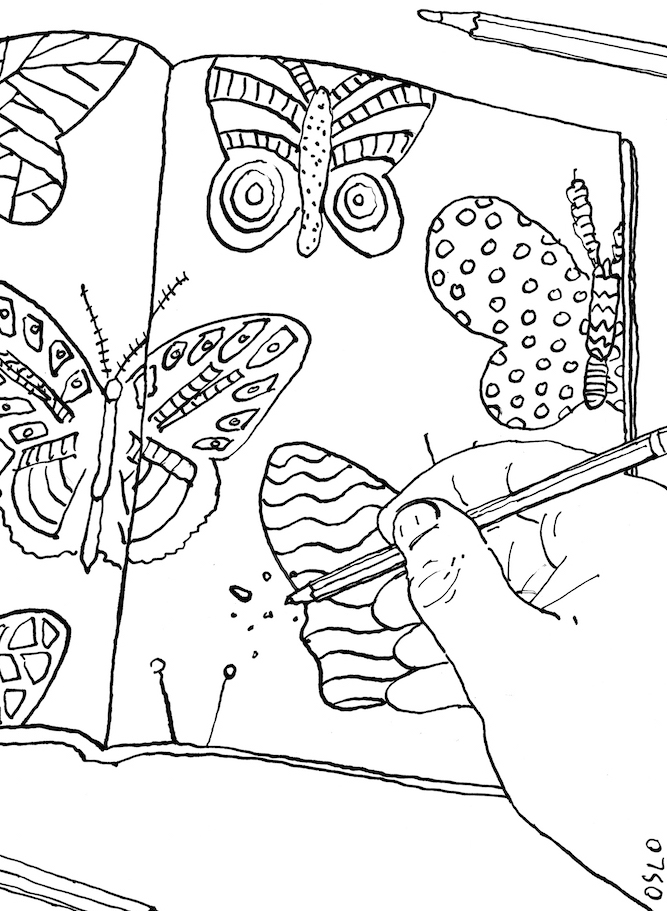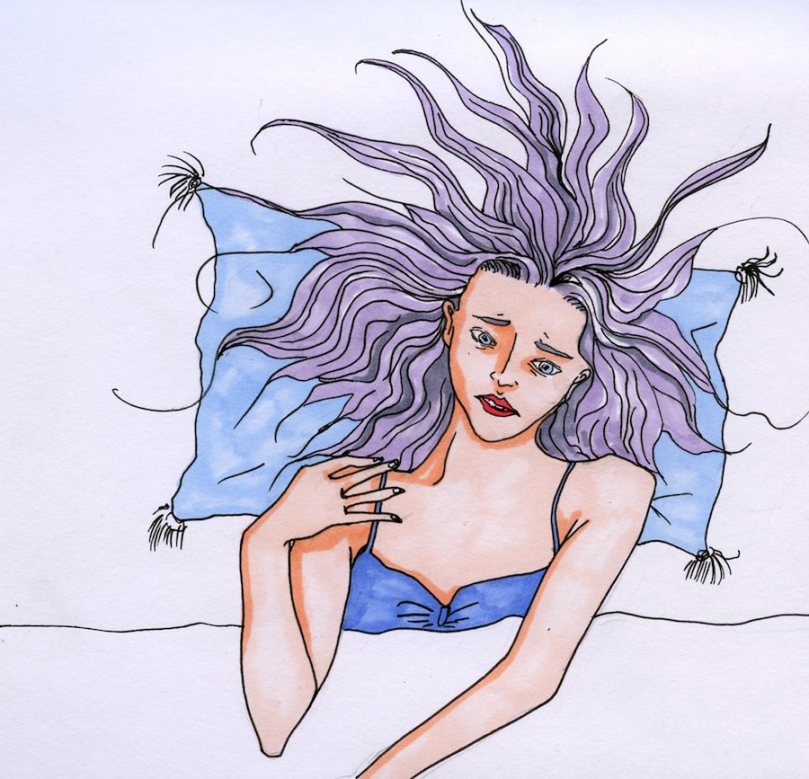
Adult colouring books are swathing the market in their silent, black and white glory, and publishers are walking around with smiles and big dollar signs covering their eyes. But claims of mindfulness and stress reduction are overstated.
Have you seen them? Filling the shelves in every supermarket next to the discount Christmas gifts; splayed open at your coworker’s desk, haloed with red pencil shavings and a busted sharpener; taking up space next to bestsellers in your local bookstore. That’s not quite right: they are the bestsellers. They’re adult colouring books.
Amazon UK currently lists three colouring books in its Top 10 Bestsellers, with a fourth coming in at number 11. A quick search reveals almost a hundred different options.
As Richard Cooke writes in The Monthly, the adult colouring book craze began in France, 2012, with the reprint of the turgidly-selling Colouring for Grown-Ups. The publisher, Hachette, made the canny decision to change the title to 100 Coloriages Anti-Stress. 300,000 copies swiftly sold. As of April 2015, almost 2 million copies had been sold.

Marketing adult colouring books as stress-reduction seems to be a winning formula. So, too, does the buzzword “mindfulness”, such as The Mindfulness Colouring Book by Emma Farrons. But do colouring books really increase mindfulness and decreasing stress? Let’s jump on the bandwagon and investigate.

